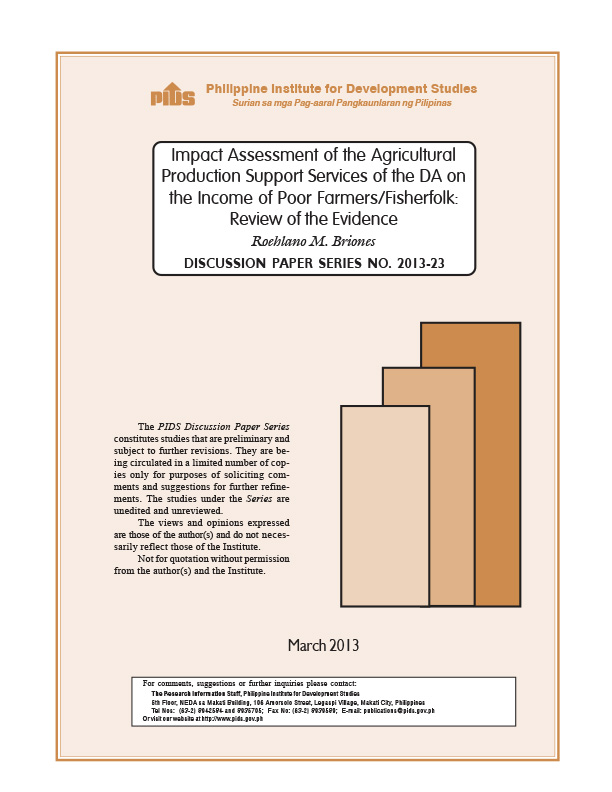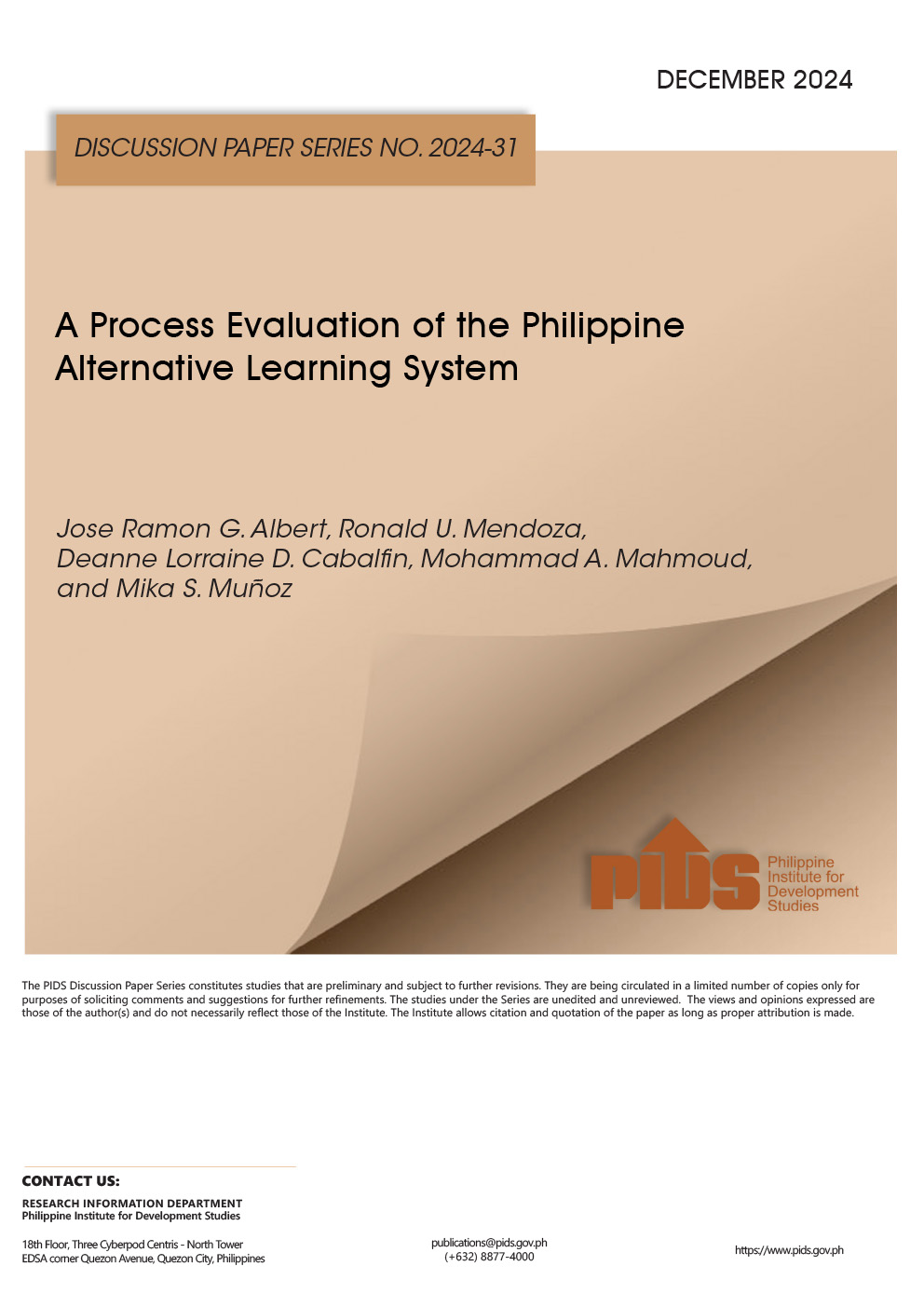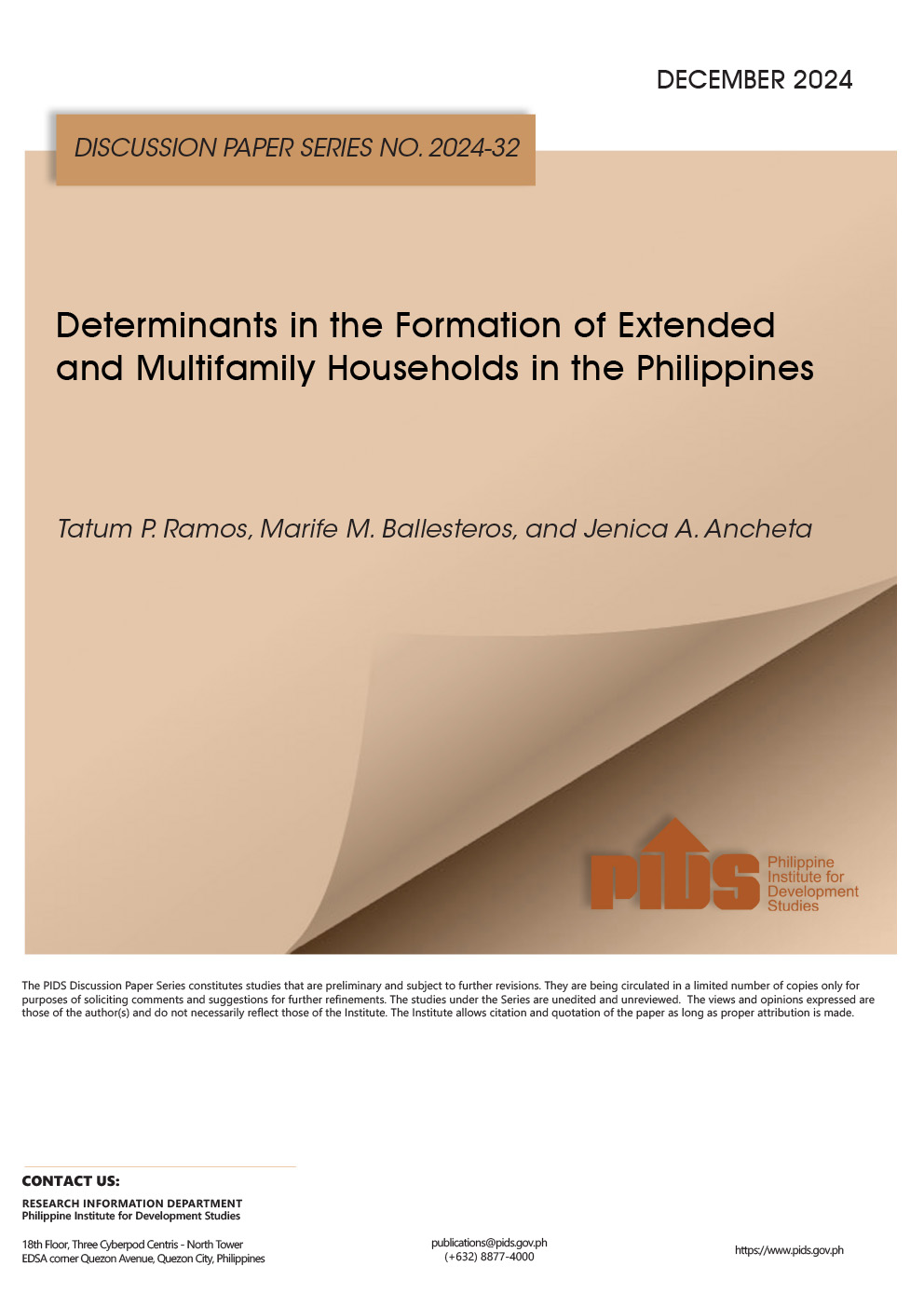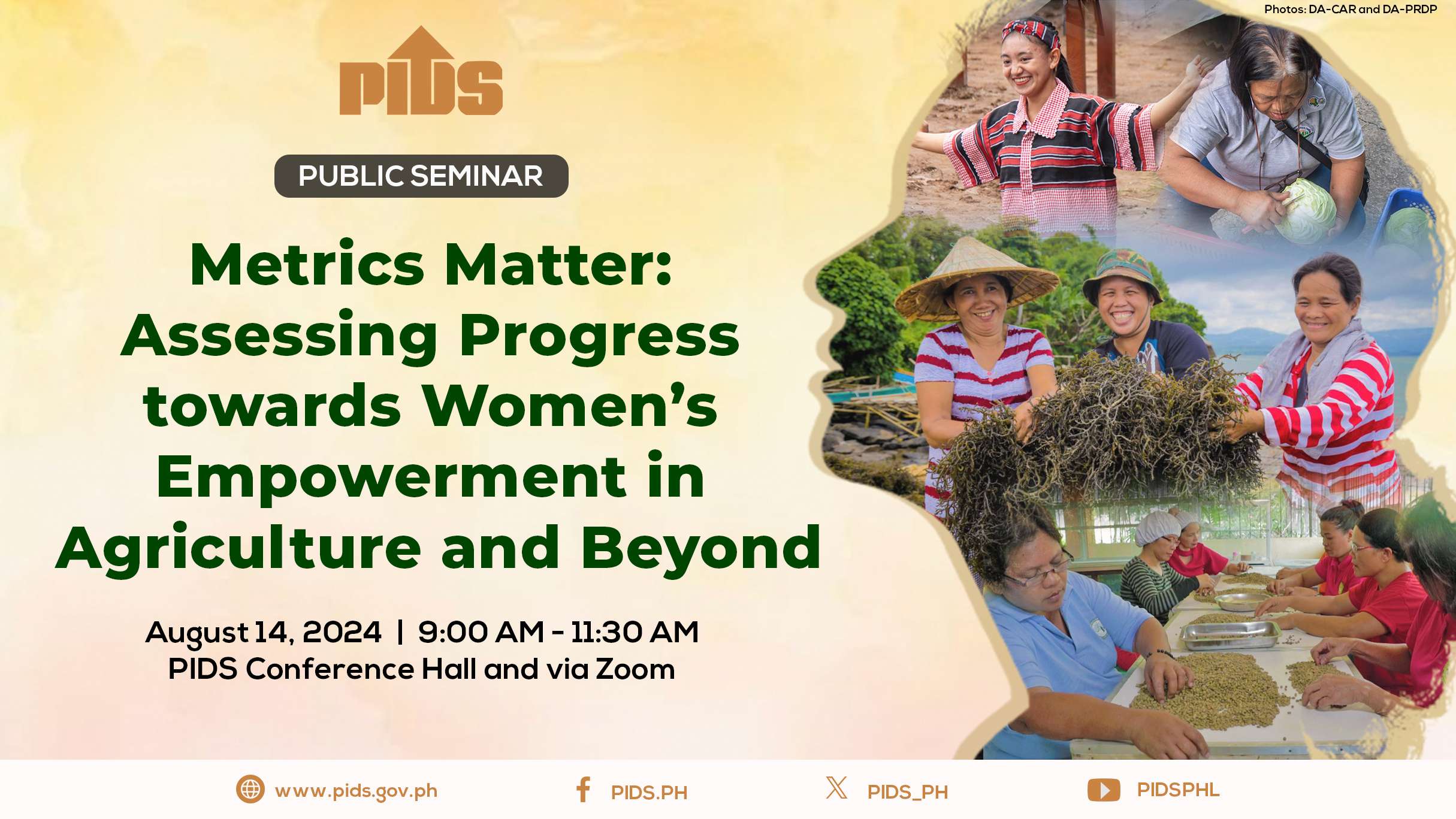Expenditures on agriculture have been rising over time, as expression of the state`s commitment to reduce poverty, raise rural incomes and household welfare, and promote food security. However, agriculture continues to exhibit disappointing performance, namely, laggard growth, lack of diversification and competitiveness, tepid productivity growth, and persistent poverty among farmers. There is basis for attributing this performance at least in part to faulty design and execution of agricultural programs. Private goods provided as production support, most notably input subsidies, are contra-indicated based on case studies of past failures. Moreover, a series of audit reports document leakages and anomalies in these types of programs. This is consistent with international evidence that favors a shift in public expenditure from provision of private goods to provision of public goods.
Extension is flagged owing to problems in quality of services provided. Production support should be limited in duration and scope to goods characterized by market failure, most notably those embodying new technologies. Support for postharvest and processing facilities should be limited to strategic investments toward addressing coordination problems and facilitating market development. Among public goods (or goods with public good features), irrigation has not been found to be effective based on econometric evidence. This places in question the current plan to ramp up investment in irrigation, making it by far the largest single item for public spending on agriculture. Such investment plans should be reviewed given studies point to design flaws and other implementation problems in past irrigation projects. The public goods that do show evidence of impact on agricultural incomes and productivity are infrastructure such as roads, ports, electrification (under other infrastructure), regulatory services, and R&D for technological change and agricultural modernization.













